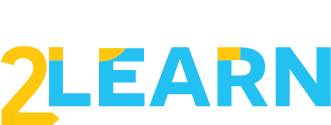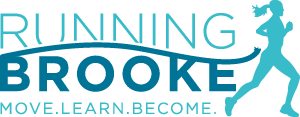Feeling a little foggy? Tired? Scrolling on autopilot? Try this: Standing or sitting, do 10 to 15 alternating high knees. Breathe in. Exhale. Now do 10 more.
Feel different? That’s your brain thanking you.
That spark of clarity is why we bring movement into classrooms across Alexandria through our Social, Emotional and Learning lessons: Because the connection between mental health and physical activity is real.
In our SEAL lessons, students explore how their minds and bodies work together, so they can recognize the mix of feelings that can sometimes disrupt their learning and more importantly, how to take charge. We teach simple, science-based strategies like movement and breathing exercises to help shake off negative vibes and get back on track with their studies.
Resetting the brain
These micro-movements aren’t just about burning energy—they’re about resetting the brain. They help students self-regulate, re-engage and reconnect with themselves and their learning. In other words, they’re great for mental health!
And in schools, that’s more relevant than ever. More students are experiencing stress, anxiety and emotional challenges. But we’ve seen that small, intentional practices—like movement breaks—can make a big difference.
In fact, 100% of our teachers say their students have increased awareness of ways to self-regulate their emotions using movement.
One of our students from Alexandria City High School, put it best: “I think it’s great to have time and space to do movement activities between classes or even during our classes. It keeps us focused and helps us manage stress.”
A little movement goes a long way
Mental wellness isn’t one-size-fits-all, but it often starts with simple habits. A little movement goes a long way. And when we model care for our minds and bodies, we show kids it’s okay—and important—to do the same.
This Mental Health Awareness Month and beyond, let’s keep talking, keep moving and keep supporting one another!





